674
Culinary History greed
Rumor has it that delicious delicacies were due to human greed: it was very much a pity to throw away food, spoiled by mold, that people have come up with how to use them. It was found that the mold - it's tasty and healthy, but because we eat it regularly, though not always thinking about it.
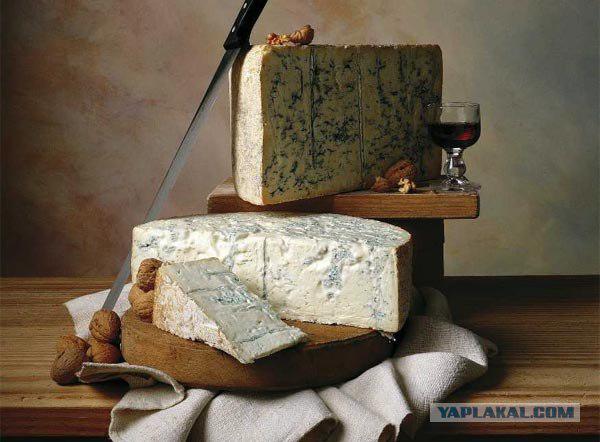
Mould mold strife. When it is put itself, the product is most often discarded. But when bacteria are bred specifically, they cherish, groom, nurture and create conditions for growth and cultivated for many years, carefully tracking every generation. Therefore, the "right" has a pedigree and a mold called a "noble."
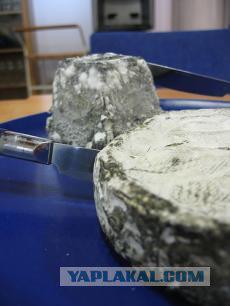
Most mold bred, of course, cheese. Blue, red, white - it helps to give each class a unique shade of taste. For blue cheese (named for the color of mold) include French Roquefort, Italian Gorgonzola, English Stilton and a lot cheaper analogues such as Dor Blue. An old legend tells of forgetful French shepherd who left the bread and cheese in the cave, and came back and found that cheese, riddled blue veins of mold Penicillium roqueforti, became much tastier. Maybe it was just before, long before the French history: blue cheese is mentioned in the literature since Roman times.
Fungal spores Pinicillium camamberti caseicolum and help to create a fluffy white patches of mold, which then becomes a crust on the famous French brie and camembert. Thanks to the soft cheeses are buttery, get the mushroom flavor.
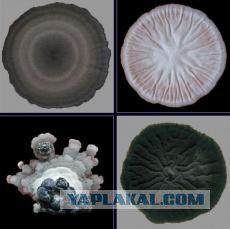
Some cheeses until they mature, regularly organize washing with salt water. After this procedure, hygienic head covered by a dense smooth yellow-orange or red-brown crust - they formed a red mold. So prepare French cheeses Epuass, Marual, livarot and aristocratic Munster, who prefers to take a bath in champagne only.
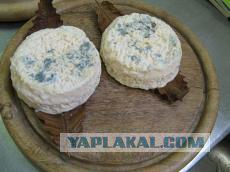
If a cheese with mold all have become accustomed to the sausage, covered with the characteristic white layer, in some people it causes confusion and suspicion: in our stores "accidental" mold on meat products and so lacking. However, in Europe summer sausage specifically infect noble microorganisms and then crust appears on a special white coating. It grows in process of maturing sausages and ready by the time already covers the whole loaf. It is believed that the particular mold fungi secrete antibiotics, which do not give the sausage start to rot. Contaminate the product to be very careful, failure to comply with technology may lead to the fact that the sausage will appear on a kaleidoscope of beautiful and colorful, but completely inedible mildew.
Not only do we eat mold, but it is and drink. Very competent Gastronomy - Sauternes with Roquefort. All French Sauternes and the best sweet Austrian wines are made from moldy grapes. Gardeners know about the fungus Botrytis cinerea: he destroys the harvest of red currant or strawberry and other berries, but it also helps to create real masterpieces of alcohol. Unfortunately, the "desired" mold develops only in special circumstances that heavenly office spoils people every few years.
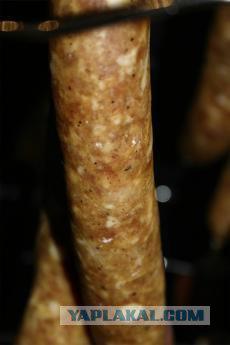
Once infected grapes under favorable weather conditions - dry and hot - it appears noble rot, if the nature of this year is not on the side of the winemakers and will long rains - the harvest, botrytis affected, have to destroy. And because the grapes infecting microorganisms akin to playing roulette. Due to such a process in uneasy shriveled, brownish, though spoiled berries increases the sugar content and their juice becomes concentrated and very fragrant. These rare wines especially roads, but it can be stored for a hundred years or more.
In any reference can be found that the traditional Japanese drink sake is made by fermentation. Under the teaching of the Word hidden impartial truth - simply put, this drink is not related to any wine or vodka, made from fermented rice. Who uses special yeast, and in ancient times, the Japanese chewed grain and spit them in wooden tubs, where he was preparing sake.
The humid climate of Southeast Asia - a great environment for the development of micro-organisms, and therefore able to use the mold there is not worse than the Europeans. Soy sauce, one of the main components of Asian cuisine - is, in fact, the liquid released from the moldy and start to decompose soybean. "Spoiled" products have become the backbone of many Japanese dishes. One of the favorite dishes - natto, disgusting smelling sticky mass, in other words, rotten beans, covered with sticky thick white film. Yes, and served in any Japanese restaurant Planet miso soup is made from rice, soy or wheat infected by the same fungus Aspergillus oryzae.
Bon Appetit!
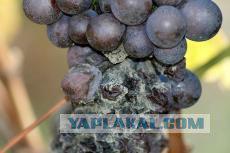
Source:

Mould mold strife. When it is put itself, the product is most often discarded. But when bacteria are bred specifically, they cherish, groom, nurture and create conditions for growth and cultivated for many years, carefully tracking every generation. Therefore, the "right" has a pedigree and a mold called a "noble."

Most mold bred, of course, cheese. Blue, red, white - it helps to give each class a unique shade of taste. For blue cheese (named for the color of mold) include French Roquefort, Italian Gorgonzola, English Stilton and a lot cheaper analogues such as Dor Blue. An old legend tells of forgetful French shepherd who left the bread and cheese in the cave, and came back and found that cheese, riddled blue veins of mold Penicillium roqueforti, became much tastier. Maybe it was just before, long before the French history: blue cheese is mentioned in the literature since Roman times.
Fungal spores Pinicillium camamberti caseicolum and help to create a fluffy white patches of mold, which then becomes a crust on the famous French brie and camembert. Thanks to the soft cheeses are buttery, get the mushroom flavor.

Some cheeses until they mature, regularly organize washing with salt water. After this procedure, hygienic head covered by a dense smooth yellow-orange or red-brown crust - they formed a red mold. So prepare French cheeses Epuass, Marual, livarot and aristocratic Munster, who prefers to take a bath in champagne only.

If a cheese with mold all have become accustomed to the sausage, covered with the characteristic white layer, in some people it causes confusion and suspicion: in our stores "accidental" mold on meat products and so lacking. However, in Europe summer sausage specifically infect noble microorganisms and then crust appears on a special white coating. It grows in process of maturing sausages and ready by the time already covers the whole loaf. It is believed that the particular mold fungi secrete antibiotics, which do not give the sausage start to rot. Contaminate the product to be very careful, failure to comply with technology may lead to the fact that the sausage will appear on a kaleidoscope of beautiful and colorful, but completely inedible mildew.
Not only do we eat mold, but it is and drink. Very competent Gastronomy - Sauternes with Roquefort. All French Sauternes and the best sweet Austrian wines are made from moldy grapes. Gardeners know about the fungus Botrytis cinerea: he destroys the harvest of red currant or strawberry and other berries, but it also helps to create real masterpieces of alcohol. Unfortunately, the "desired" mold develops only in special circumstances that heavenly office spoils people every few years.

Once infected grapes under favorable weather conditions - dry and hot - it appears noble rot, if the nature of this year is not on the side of the winemakers and will long rains - the harvest, botrytis affected, have to destroy. And because the grapes infecting microorganisms akin to playing roulette. Due to such a process in uneasy shriveled, brownish, though spoiled berries increases the sugar content and their juice becomes concentrated and very fragrant. These rare wines especially roads, but it can be stored for a hundred years or more.
In any reference can be found that the traditional Japanese drink sake is made by fermentation. Under the teaching of the Word hidden impartial truth - simply put, this drink is not related to any wine or vodka, made from fermented rice. Who uses special yeast, and in ancient times, the Japanese chewed grain and spit them in wooden tubs, where he was preparing sake.
The humid climate of Southeast Asia - a great environment for the development of micro-organisms, and therefore able to use the mold there is not worse than the Europeans. Soy sauce, one of the main components of Asian cuisine - is, in fact, the liquid released from the moldy and start to decompose soybean. "Spoiled" products have become the backbone of many Japanese dishes. One of the favorite dishes - natto, disgusting smelling sticky mass, in other words, rotten beans, covered with sticky thick white film. Yes, and served in any Japanese restaurant Planet miso soup is made from rice, soy or wheat infected by the same fungus Aspergillus oryzae.
Bon Appetit!

Source:























